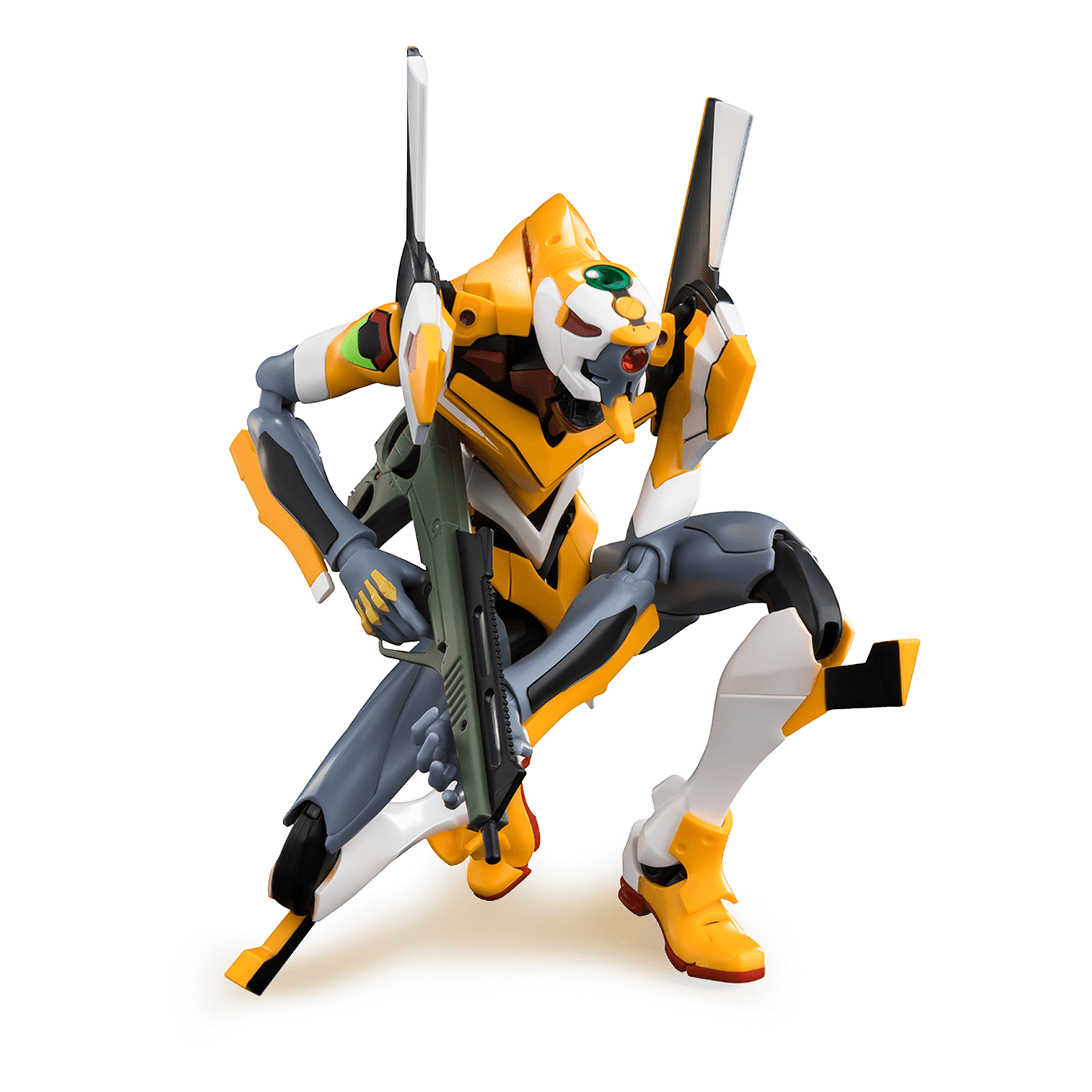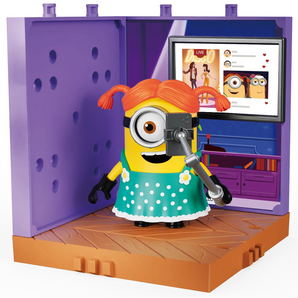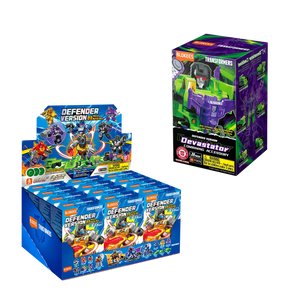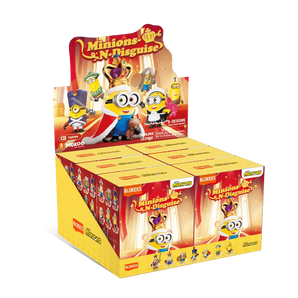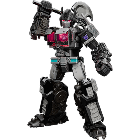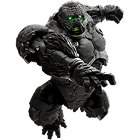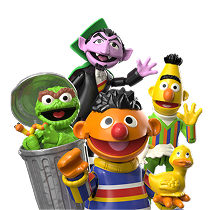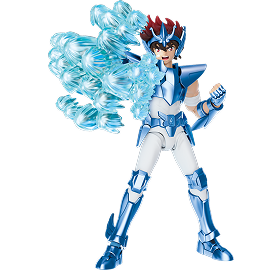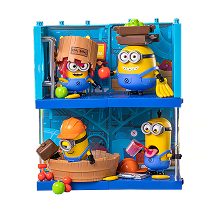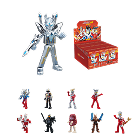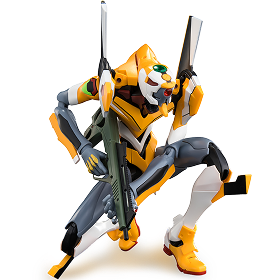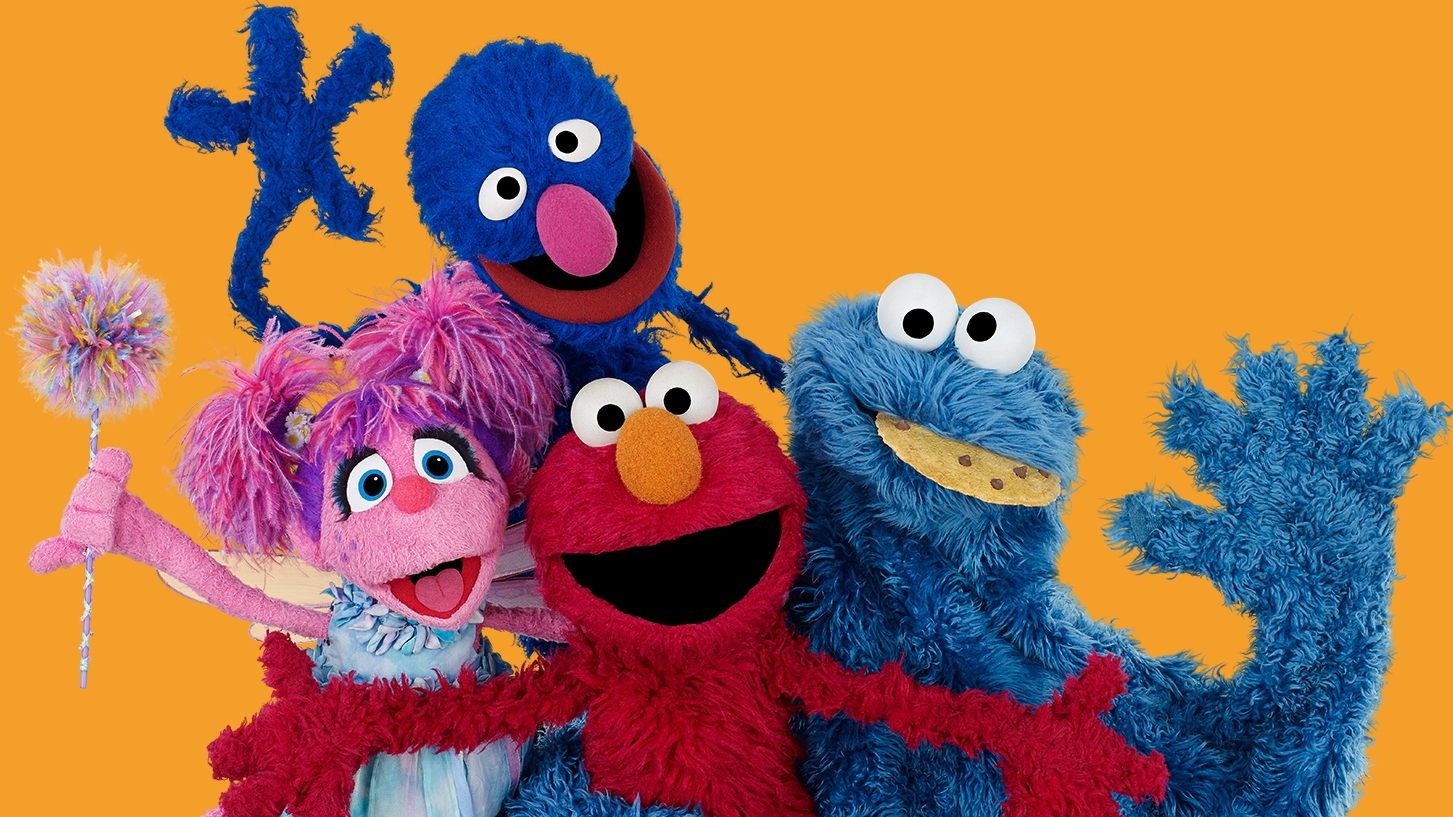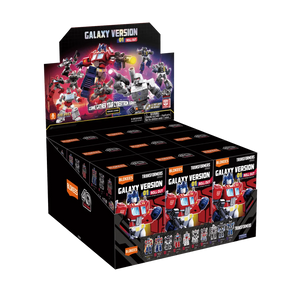Sesame Street is a beloved children’s television program that has educated and entertained millions since its debut. Fans often wonder: where is Sesame Street filmed, and how has its filming location evolved over the years?
This article explores the history, current studios, and interesting facts about the iconic show’s production.
Sesame Street, first aired in 1969, quickly became a cultural phenomenon. While the show’s setting portrays a vibrant New York City street, the actual filming locations have changed multiple times. Understanding where Sesame Street is filmed offers insight into its production quality, set design, and behind-the-scenes creativity.
The Original Filming Locations

The show originally filmed at Reeves Teletape Studios in Manhattan, New York. The studio recreated the streets of an urban neighborhood, complete with stoops, shops, and interactive areas for puppets and actors.
- Reeves Teletape Studios, Manhattan: Early episodes were filmed here from 1969, providing authentic city textures.
- Set Design: The streets, windows, and shopfronts were meticulously designed to feel realistic for children while offering safe filming areas.
Transition to Other Studios
In the 1980s and 1990s, Sesame Street moved portions of its production to other locations to accommodate expansion and technology upgrades.
- Shooting in New York City: Exterior shots were occasionally filmed outdoors in urban settings.
- In-Studio Enhancements: Studios allowed more controlled lighting, sound, and puppet movements.
Current Filming Location
Today, Sesame Street is primarily filmed at Kaufman Astoria Studios in Queens, New York.
- Kaufman Astoria Studios: This historic studio provides larger sound stages and advanced production equipment.
- Benefits: Improved sets, more space for multiple characters, and enhanced visual effects.
- Preserving Iconic Street Look: Despite the move, the familiar stoops, street signs, and neighborhoods remain consistent on-screen.
Why New York City?
New York was chosen for authenticity. The show’s urban backdrop mirrors real city environments children may encounter.
- Diverse Neighborhoods: The multicultural setting reflects the show’s educational focus.
- Cultural Relevance: Real city sounds and architecture enrich storytelling.
Behind the Scenes: Set and Production Design

Filming Sesame Street is more than placing cameras on a street set. Production involves:
- Detailed Puppetry Stages: Special stages accommodate puppet movements.
- Interactive Elements: Windows and doors respond to actions for teaching lessons.
- Lighting and Sound: High-quality studio lighting and sound enhance visibility and clarity for educational content.
Outdoor vs Indoor Filming
While most scenes are filmed indoors at studios, Sesame Street also occasionally uses outdoor shots.
- City Landmarks: Exterior shots feature playgrounds and parks.
- Practical Filming Challenges: Weather and urban noise require careful planning.
- Blended Production: Editing combines studio and outdoor footage seamlessly.
International Filming Versions
Some Sesame Street adaptations around the world also recreate the street sets in local studios.
- Localization: Sets reflect local culture while keeping familiar characters.
- Examples: Sesame Street in Germany, Mexico, and India uses local studios to maintain quality and relevance.
Educational Benefits of Realistic Settings

Filming in authentic city-inspired sets contributes to:
- Learning Through Realism: Children relate to familiar environments.
- Social Skills Development: Scenes depict interactions in realistic neighborhoods.
- Cultural Awareness: Exposure to diverse communities promotes inclusivity.
Technology in Modern Filming
Advances in production technology have improved Sesame Street’s filming process.
- High-Definition Cameras: Capture vibrant colors and details.
- Digital Editing: Combines multiple takes for flawless scenes.
- Green Screen Usage: Enables imaginative settings while keeping core street visuals.
Behind-the-Scenes Fun Facts
- Character Movements: Puppeteers often work below the set floors.
- Celebrity Appearances: Many stars film cameo scenes on the set.
- Continuous Set Upgrades: Sets are regularly refreshed to maintain engagement for young viewers.
Famous Scenes and Landmarks Filmed on Set

Although Sesame Street is primarily filmed indoors, several iconic scenes have made the set feel like a real neighborhood:
- Big Bird’s Nest: Carefully designed to reflect a cozy home for the giant yellow bird.
- Hooper’s Store: A central hub for characters, teaching everyday life lessons.
- Playgrounds and Street Corners: Spaces for interactive games and social lessons.
- Realistic Props: Mailboxes, street signs, and stoops enhance the urban authenticity.
Behind the Puppetry Stages
The puppetry work on Sesame Street requires specially designed stages to allow smooth character movement:
- Raised Floors: Puppeteers operate below the set to make Muppets appear life-sized.
- Hidden Mechanisms: Trapdoors and lift systems assist with character entrances and exits.
- Multiple Operators: Some characters, like Snuffy, require two puppeteers to operate.
- Practice and Timing: Puppeteers rehearse extensively to synchronize with scripts and camera work.
Challenges of Filming Sesame Street
Filming a children’s show with puppets and live actors involves unique challenges:
- Lighting: Must balance naturalistic visuals with visibility of puppet details.
- Sound: Studio acoustics are carefully managed to ensure clear dialogue and songs.
- Space Management: Multiple sets on one stage require careful coordination.
- Child Actors: Scenes often include children, requiring flexible schedules and attention to safety.
International Filming Adaptations
Sesame Street has inspired local versions worldwide, each with their own sets and production strategies:
- Germany (Sesamstraße): Studios recreate the street with German architectural touches.
- Mexico (Plaza Sésamo): Colorful local street designs reflecting culture and language.
- India (Galli Galli Sim Sim): Indian neighborhood sets combine familiar urban scenes with educational props.
- Purpose: Maintains the essence of Sesame Street while making it culturally relevant for each audience.
How Filming Enhances Learning
The realistic sets and professional production contribute to educational value:
- Relatable Environments: Children connect with characters in settings that resemble their neighborhoods.
- Interactive Scenes: Windows, doors, and props engage children in lessons on letters, numbers, and social skills.
- Cultural Awareness: Diverse street scenes teach inclusion and multicultural understanding.
- Consistency: Familiar visual cues help reinforce learning concepts across episodes.
Frequently Asked Questions
Where is Sesame Street filmed now?
Currently, filming is done at Kaufman Astoria Studios in Queens, New York, with carefully designed indoor sets that replicate the iconic street.
Is Sesame Street filmed on a real street?
Most scenes are filmed indoors on studio sets. However, outdoor shots occasionally use actual New York locations.
Can the public visit Sesame Street sets?
While the studios aren’t open for general tours, special events and virtual experiences may offer glimpses behind the scenes.
Why did Sesame Street move studios?
The move provided more space, advanced technology, and better production capabilities while maintaining the iconic street look.
Conclusion
Sesame Street’s filming locations, from the original Reeves Teletape Studios to modern Kaufman Astoria Studios, have played a crucial role in shaping the show’s educational and entertaining value.
The combination of realistic sets, advanced production technology, and careful design ensures that Sesame Street continues to delight children worldwide.







